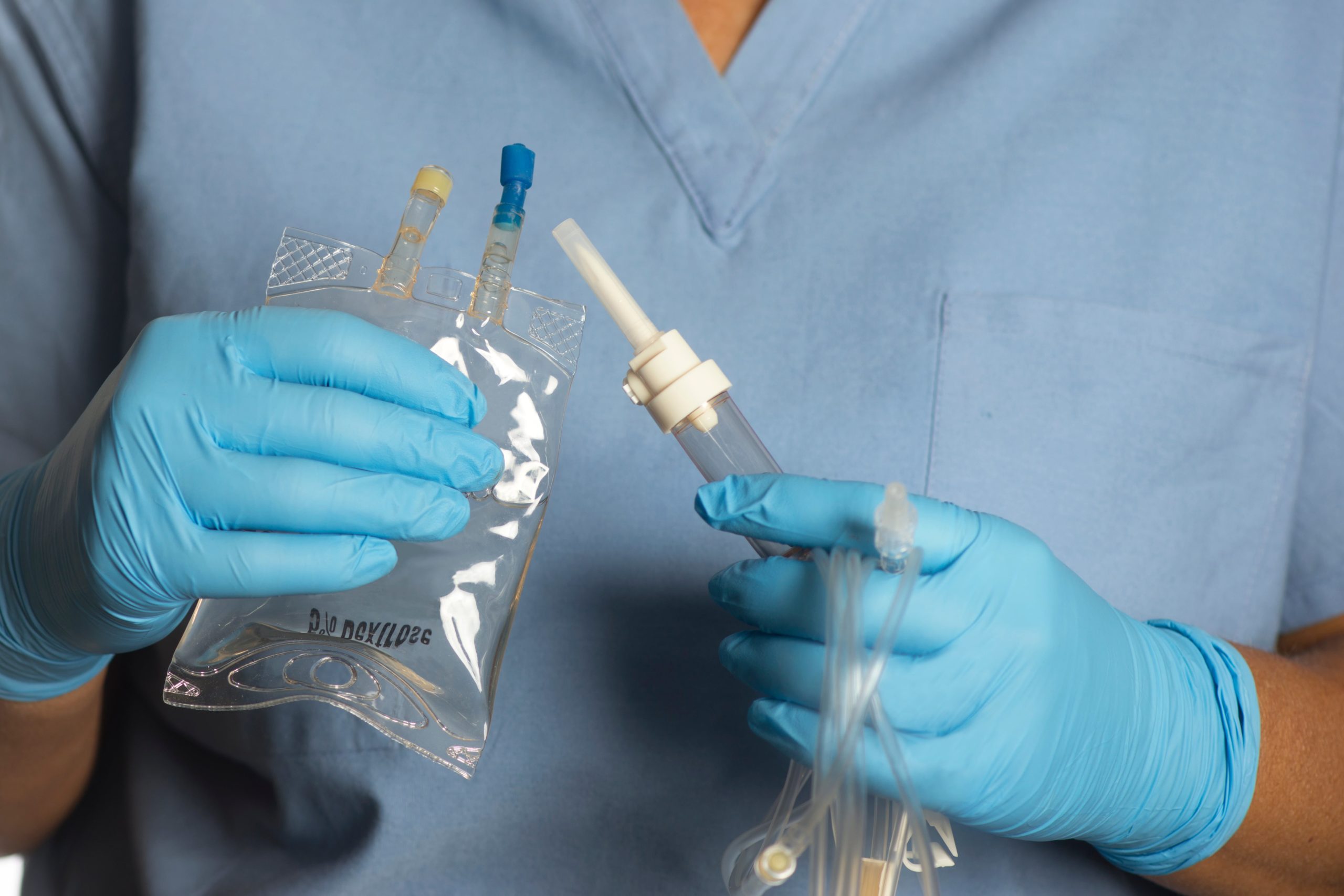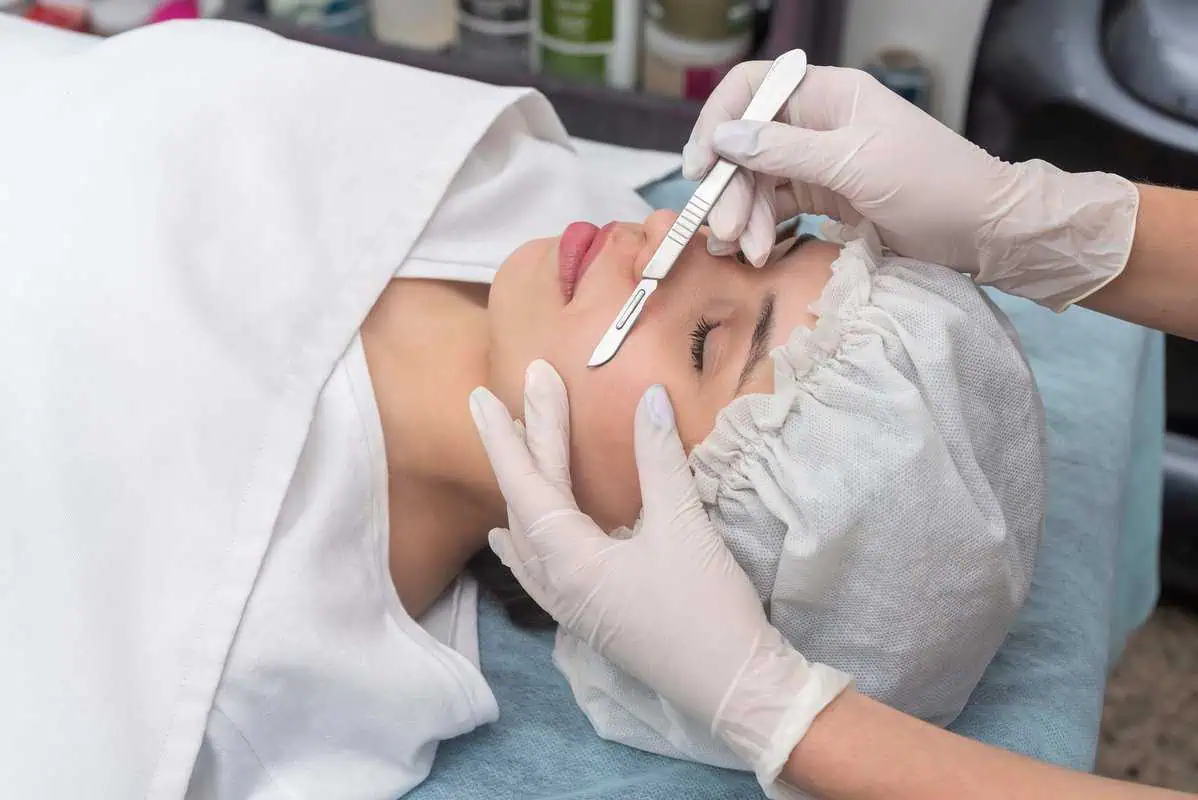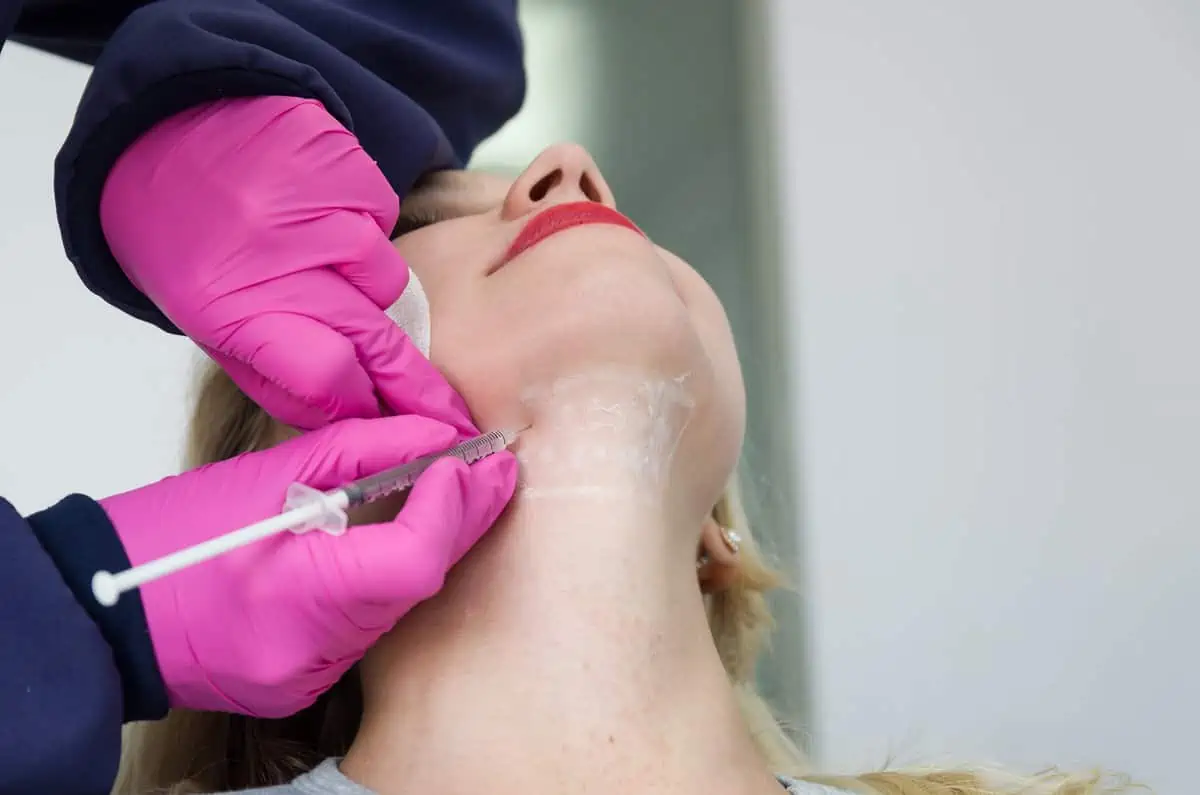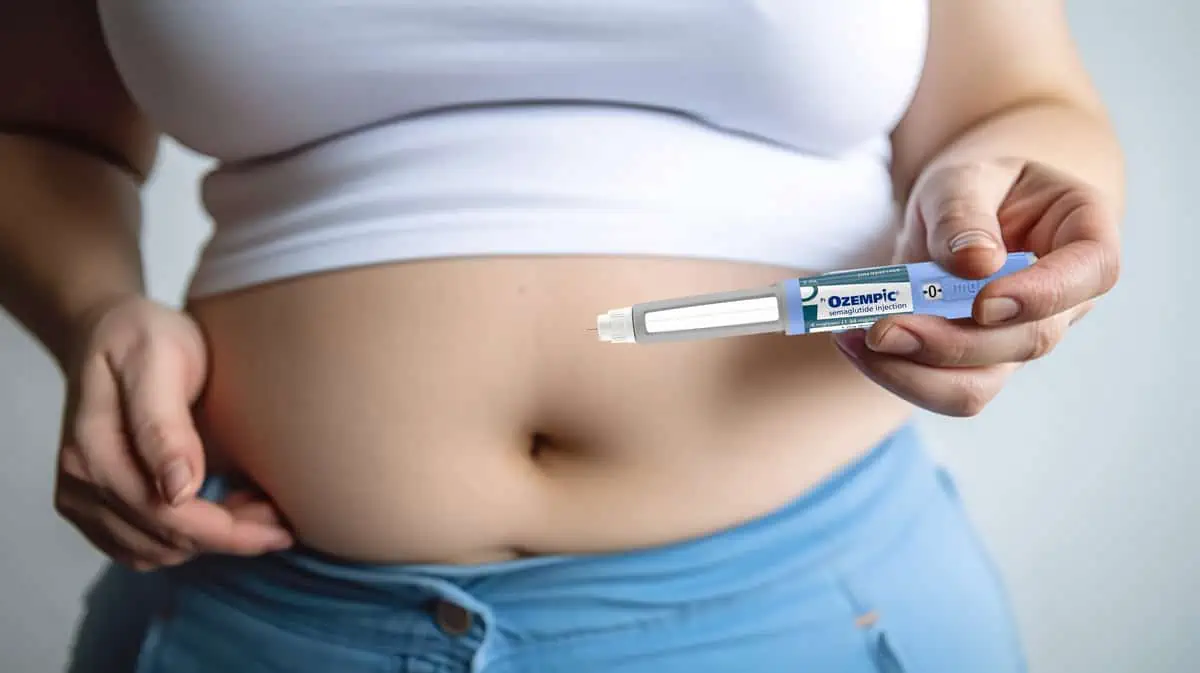You may be familiar with an IV if you go to hospitals and see a metal pole with those clear bags with a liquid drip connected to a person’s body. An IV therapy works just like that, but most people do not know how they work.
IV therapy involves administering fluids and medication through blood vessels. The doctor injects fluids, vitamins, and drugs for quick action into the veins during the intravenous therapy procedure. You’re not the only one who has ever wondered about intravenous fluids or IV therapy. So if you have questions regarding this treatment, you should scroll down to learn more.
What is IV therapy?
Through a little needle, IV therapy directly injects fluids into the circulation. Since IV treatment skips the digestive system, cells may absorb nutrients much more quickly than they would otherwise. These fluids contain vitamins, minerals, or drugs that hydrate or relieve uncomfortable sensations. As a result, many patients get symptom alleviation in just a few minutes.
The two most common types of IV therapy are:
Injection
Using a syringe, an injection pumps a liquid into the body. The IV injection is the quickest delivery technique and has the fastest outcomes of all the injection kinds (below). In addition to intravenously, injections can also be administered in other ways, including:
- Intradermal injections are administered directly into the dermis, the skin’s main layer. This injection form has the slowest absorption rate of all the injection types and is typically used for sensitivity assessments.
- Deeply injected into a muscle, blood vessels quickly absorb intramuscular injections. Flu shots and epi-pens, for example, are frequently administered in the butt, shoulder, or thigh.
- Injections into the deepest layer of the skin are known as subcutaneous (SubQ) injections. These injections are quicker than intradermal administrations but slower than intramuscular injections.
Infusion
Infusion, as opposed to injection, delivers fluids into the body using a pump or gravity’s inherent force. They are commonly referred to as drips as a result. An IV infusion is intended to gradually deliver a drug to circulation under regulated conditions. The length of an injection depends on the safe drip rate for the particular medicine or supplement being used.
In a conventional infusion arrangement, a bag containing the medication is hung from a pole. Wires are connected to a catheter inserted into a vein at the patient, most frequently in the wrist, elbow, or back of the hand.
IV infusions infuse the drug directly into the circulation, similar to IV injections, resulting in quick absorption and more pronounced instant effects. Although specific infusion therapies may be administered into the skin and muscles, intravenous infusion is now the most used.
Why do people go for IV therapy?
An IV drip is not a regular part of life for most individuals. Nothing more than an expected hospitalization component following surgery or severe disease. However, for individuals with long-term conditions or unique medical requirements, an IV can become essential to leading an everyday life.
The following are a few of the most typical causes for getting IV therapy:
Dehydration
It is most effective to rehydrate the body using an IV since it feeds fluids straight into the bloodstream. IV hydration is frequently used to control fluid balance during surgery and rehydrate patients who have lost fluids due to sickness or strenuous exercise. When necessary, patients can also have vitamin and electrolyte IV infusions.
Affected by Infections
In some circumstances, patients might not be able to take oral antibiotics, or the infection might be hard to treat with oral medications. In these cases, IV antibiotics are frequently the most beneficial treatment since they are more potent and effective than oral antibiotics.
Nausea
It may be challenging to swallow liquids or medications due to nausea and vomiting from a hangover, motion sickness, or a pharmaceutical side effect. IV fluids can act more quickly to reduce nausea and vomiting since they don’t go through the digestive system.
Having a cold or the flu
The intensity of cold and flu symptoms, such as body pains, nausea, and vomiting, can be lessened with IV therapy. The Myers Cocktail is the ideal choice for people who are sick with the flu or a cold. It has several vitamins and minerals that help your immune system work properly.
Overall wellness
Many people feel they need to be healthier since their diets don’t provide them with the necessary nutrients. Chronic fatigue, restless nights, low energy levels, and other issues might result from this. Patients who undergo IV therapy report feeling happier, sleeping better, and having more energy.
Hangover
After a night of drinking, IV therapy can hydrate your body, replace lost nutrients, remove toxins, and fast relieve headaches and nausea. You won’t have to spend the entire day in bed since you’ll start feeling better in 30 to 60 minutes.
Is IV therapy effective?
IV therapy is a very effective way to treat persistent health issues or unpleasant symptoms. It’s crucial to discuss if IV treatment is appropriate for you with a medical practitioner.
When you are sick, your body may transfer energy away from your digestive system. You will find it more challenging to digest and absorb nutrients. Vital nutrients may be swiftly and effectively delivered to your bloodstream via an IV.
These further benefits of vitamin IV treatment include:
- corrects vitamin imbalances or shortages
- a method of vitamin absorption that is more efficient than diet or oral supplements
- Direct nutrition administration avoids the digestive system
- provides a concentrated vitamin dosage
- optimal dosage according to body requirements
- It offers an appropriate substitute for people who cannot take oral supplements or have not responded to them.
Are there any risks involved in IV therapy?
When administered appropriately, concerns from the IV are relatively uncommon, even though medications given through an IV have their potential for adverse effects. Among the negative effects that are most frequently mentioned are the following:
- Headache
- Dizziness
- Nausea
- muscle rigidity
- the injection site’s skin discomfort
Infection at the location where the IV needle is put is one of the additional hazards. Another possibility is for the needle to break loose, allowing the solution to seep into the nearby tissues. These hazards will be reduced if an authorized medical practitioner administers your IV treatment.
Conclusion
You can have your IV therapy solution tailored to your requirements. We can use the procedure to flood your body with more nutrients to help you fight a cold faster than most over-the-counter treatments available, just as our providers can fill your IV drip with nutrients your body is missing.
Contact us at The Aesthetics Society today to get the nutrients and proper treatment that your body needs.






